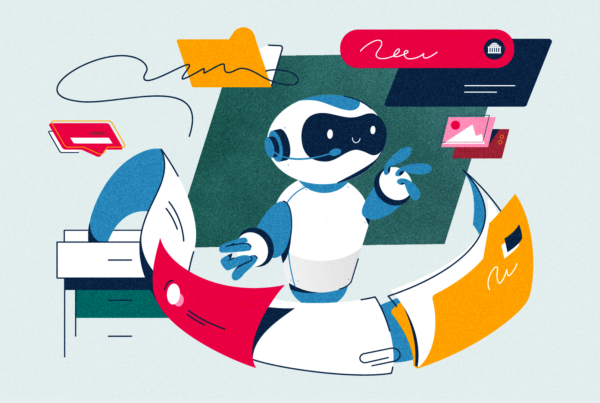Explore a curated set of AI tools supported by MIT Sloan to enhance teaching, research, and productivity. These platforms support a range of use cases — from automating workflows and generating content to designing professional media and analyzing data.
We recommend starting with one tool based on your task or workflow — and exploring deeper integrations as your comfort with AI grows. Responsible use and critical evaluation remain essential as you incorporate these tools into your academic work.






